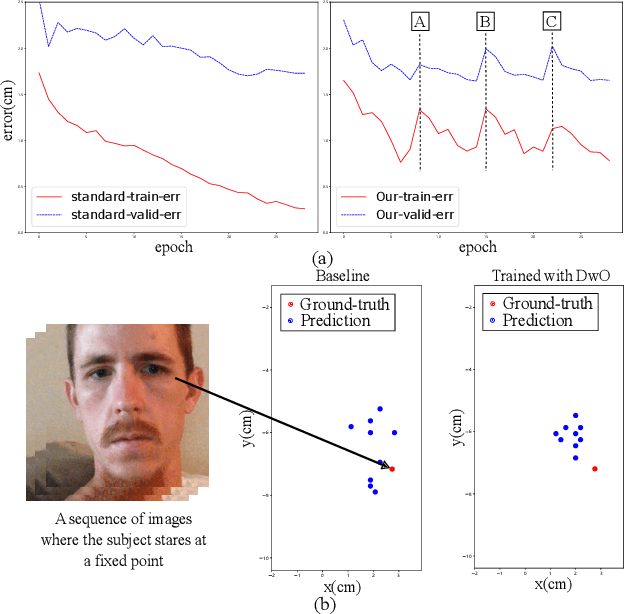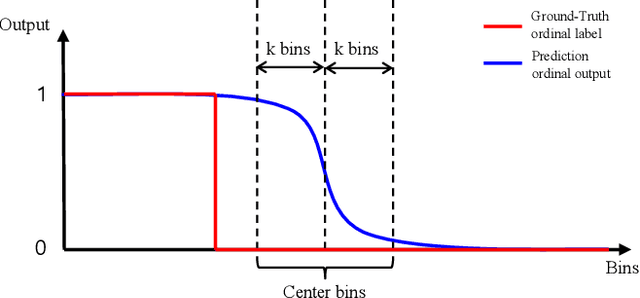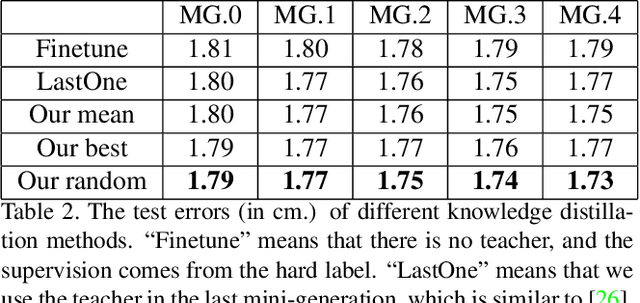Tianchu Guo
PersonificationNet: Making customized subject act like a person
Jul 12, 2024



Abstract:Recently customized generation has significant potential, which uses as few as 3-5 user-provided images to train a model to synthesize new images of a specified subject. Though subsequent applications enhance the flexibility and diversity of customized generation, fine-grained control over the given subject acting like the person's pose is still lack of study. In this paper, we propose a PersonificationNet, which can control the specified subject such as a cartoon character or plush toy to act the same pose as a given referenced person's image. It contains a customized branch, a pose condition branch and a structure alignment module. Specifically, first, the customized branch mimics specified subject appearance. Second, the pose condition branch transfers the body structure information from the human to variant instances. Last, the structure alignment module bridges the structure gap between human and specified subject in the inference stage. Experimental results show our proposed PersonificationNet outperforms the state-of-the-art methods.
A Generalized and Robust Method Towards Practical Gaze Estimation on Smart Phone
Oct 16, 2019



Abstract:Gaze estimation for ordinary smart phone, e.g. estimating where the user is looking at on the phone screen, can be applied in various applications. However, the widely used appearance-based CNN methods still have two issues for practical adoption. First, due to the limited dataset, gaze estimation is very likely to suffer from over-fitting, leading to poor accuracy at run time. Second, the current methods are usually not robust, i.e. their prediction results having notable jitters even when the user is performing gaze fixation, which degrades user experience greatly. For the first issue, we propose a new tolerant and talented (TAT) training scheme, which is an iterative random knowledge distillation framework enhanced with cosine similarity pruning and aligned orthogonal initialization. The knowledge distillation is a tolerant teaching process providing diverse and informative supervision. The enhanced pruning and initialization is a talented learning process prompting the network to escape from the local minima and re-born from a better start. For the second issue, we define a new metric to measure the robustness of gaze estimator, and propose an adversarial training based Disturbance with Ordinal loss (DwO) method to improve it. The experimental results show that our TAT method achieves state-of-the-art performance on GazeCapture dataset, and that our DwO method improves the robustness while keeping comparable accuracy.
 Add to Chrome
Add to Chrome Add to Firefox
Add to Firefox Add to Edge
Add to Edge